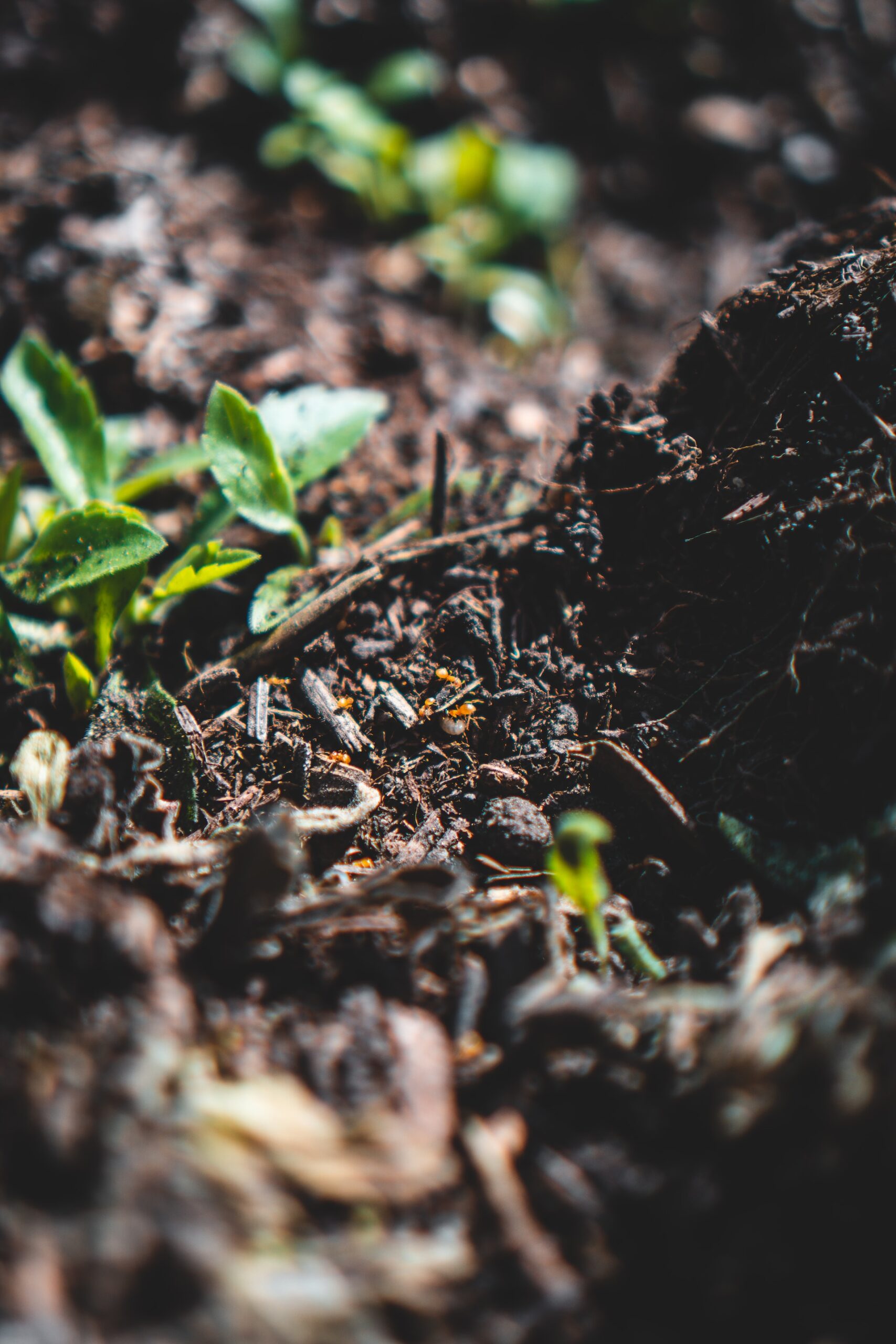Composting for Beginners breaks down the steps to start your own composting program.
You have heard the term composting but what exactly does it mean? And how can you put it into action in your yard and garden? We take a deep dive into everything needed when you are considering beginning a compost area.
This article was written for and first published at Earth, Food and Fire.
What is Compost?
Compost is decayed organic material is used as a plant fertilizer. Composting is the practice of combining organic matter to create nutrient rich soil (compost).
Your composting area can be big or small, depending on where you live and the space you have available there are many options. Choose a spot where the task will be easy and always build it directly on the ground to encourage worms.

The ingredients to Creating Compost
Certain amendments needed to create a good active compost, browns which are things that are higher in carbon.
Browns
wood ash (do not use ashes from pressure treated wood or use pressure treated wood in the construction of your compost bin)
leaves
newspaper
woods chips
fruit scraps
sawdust
straw
Greens
these are amendments higher in nitrogen:
grass clippings
garden waste, including the weeds
food scraps (do not introduce any type of meat or fish to the compost)
coffee grounds
manure
hay

What Ratio of Browns to Greens Should You Use?
The rule of thumb is to have one third green amendments to two thirds of brown. The greens are what create the heat in the compost and encourage organic breakdown. The smaller the amendments the quicker they will break down. Take the time to chop everything into smaller bits to help speed up the process.
An active pile can get hot and ideally, we hope to reach and internal pile temperature of 160° F which is hot to kill off any weed seeds the compost pile may contain. After the first few week’s bacteria in the pile start to die off and the pile begins to cool. During this time we need to be turning the pile to feed air back in so that bacteria can continue breaking down the amendments and raise the temperature of the pile.
To create air flow at the bottom of the pile the base for the compost pile should consist of a layer of twigs. Be sure to wet each layer lightly when layering the amendments. Turn the pile often adding water if it looks to be dry, you want to keep it a bit moist but not saturated. The more you turn the pile, the more air you are adding and the quicker it will break down the organic material and become finished compost.
Never ever add meat or fish scraps to the pile as this will attract unwanted pets and the smell will not be favourable. Do not add any perennial weeds as they can spread to your garden.
No matter which method you use to compost we always use the same ratio for amendments. Add browns and greens throughout the entire year.

Composting Options
Tumble Composter
Tumble composters are barrel shaped containers that are usually elevated off the ground and are externally rotated. Many have aeriation holes or not, though some holes for air movement are preferred as air flow is very important in the composting process.
Rotated 3 to 4 times a week to mix the amendments and aerate. Minimal work is required, and Tumble Composting is the least labour intensive method of creating compost. You can buy Tumble Composters in store, online or if you love a good project construct your own. Use a light hand when adding water to the composter as you do not want it too wet. The amendments will rot if too much water is added.
The Multi Stall Open Bin Method
A great option when you have more room to work with, the Open Bin method consists of a 3 walled structure with the top, front and bottom open. You will often see a 3-stall open bin compost station, often built with pallets, they are a good height, are easy to nail or wire together and easy to find.
The first stall is to collect amendments. The center stall is the active compost pile, and the third stall is where you store the finished compost. This method is great as it keeps everything contained yet gives you some excellent working space to turn the pile. Make as many stalls as needed and even a single stall is a great option.
The Piling Method
Though not neat and tidy like the previous methods this one is simple and easy. Simply create a free form pile of organic material and use a pitchfork to turn it. Keep the pile moist and remember to turn numerous times a week.
 Closed Bin Composting
Closed Bin Composting
Some of the first composters on the market about 20 years ago, they look nice in the yard though they are not the easiest option when it comes to composting. An Aerating tool made to turn the compost in tight quarters is required.
Remove finished compost from the door at the bottom of the bin. This is for those interested in small scale composting. As with the other methods be sure to start off with twigs as your base and layer with your browns and greens being sure to water the layers lightly.
With some great options of various composting methods gardeners use, you can find a way to implement composting to your yard and garden. Stock pile the finished compost and start adding it to your flower beds and gardens. Side dress flowers and vegetables with the finished material. It acts as a slow release fertilizer so you don’t need to use a lot of it. Add it to the soil in any containers or pots you grow in.








